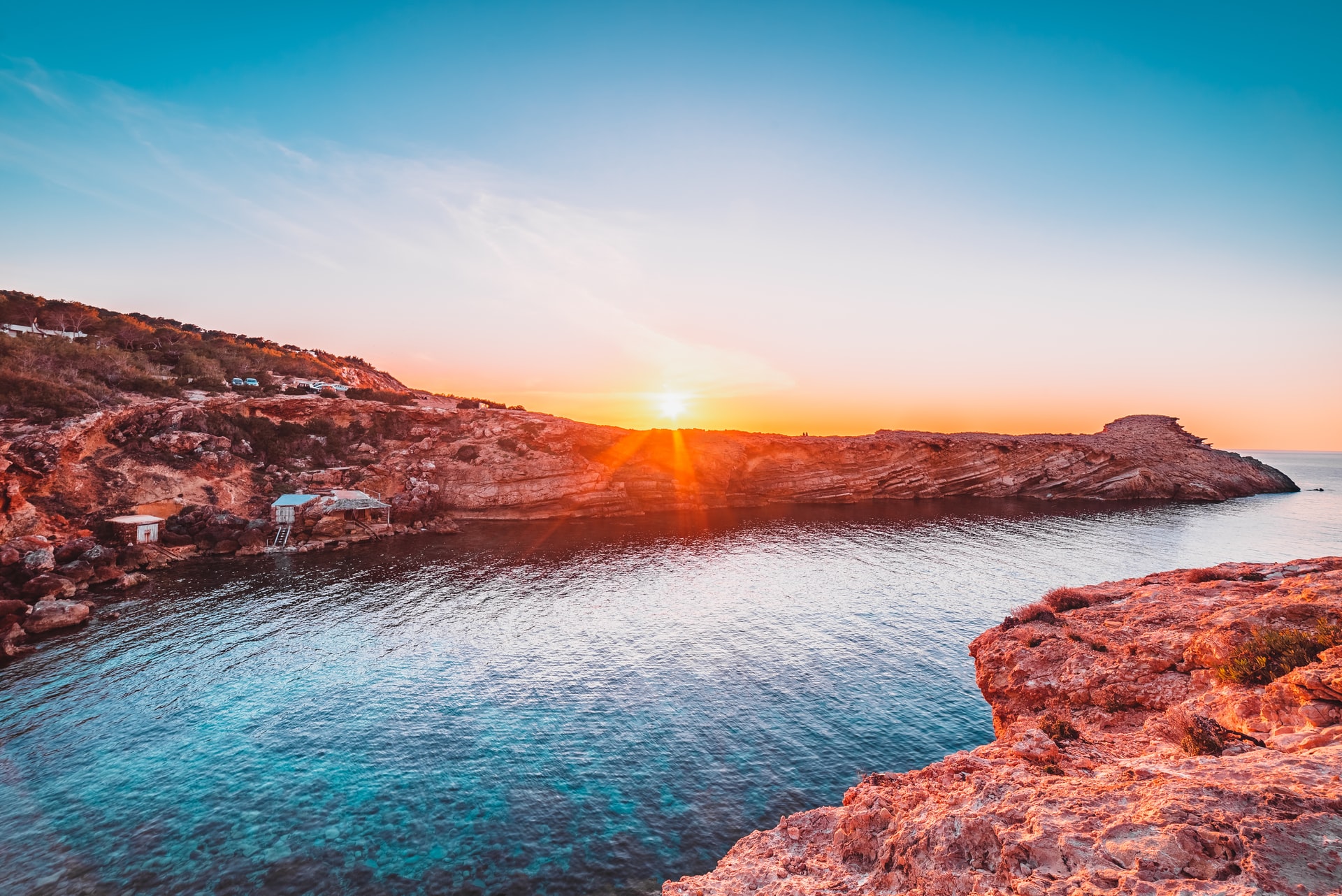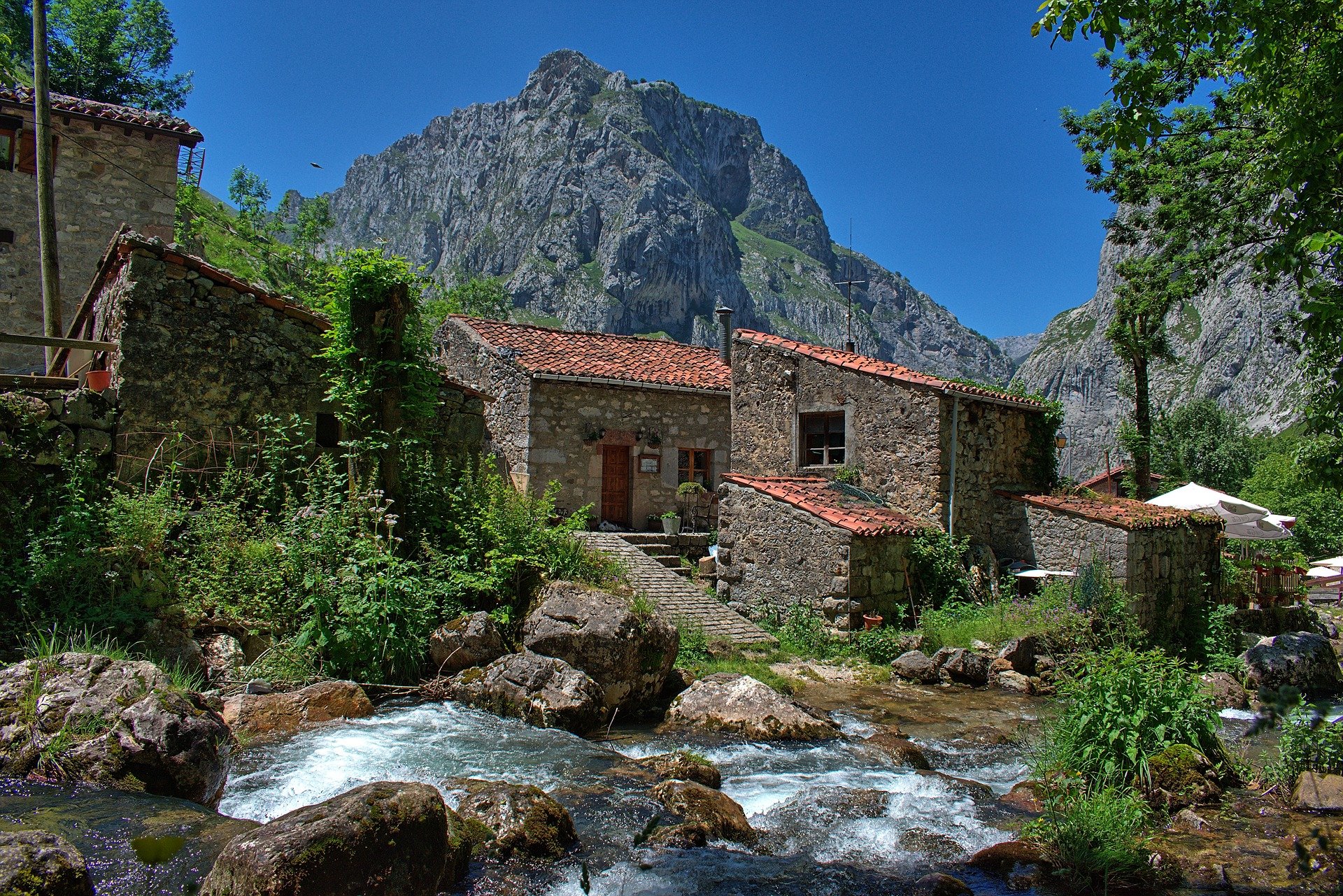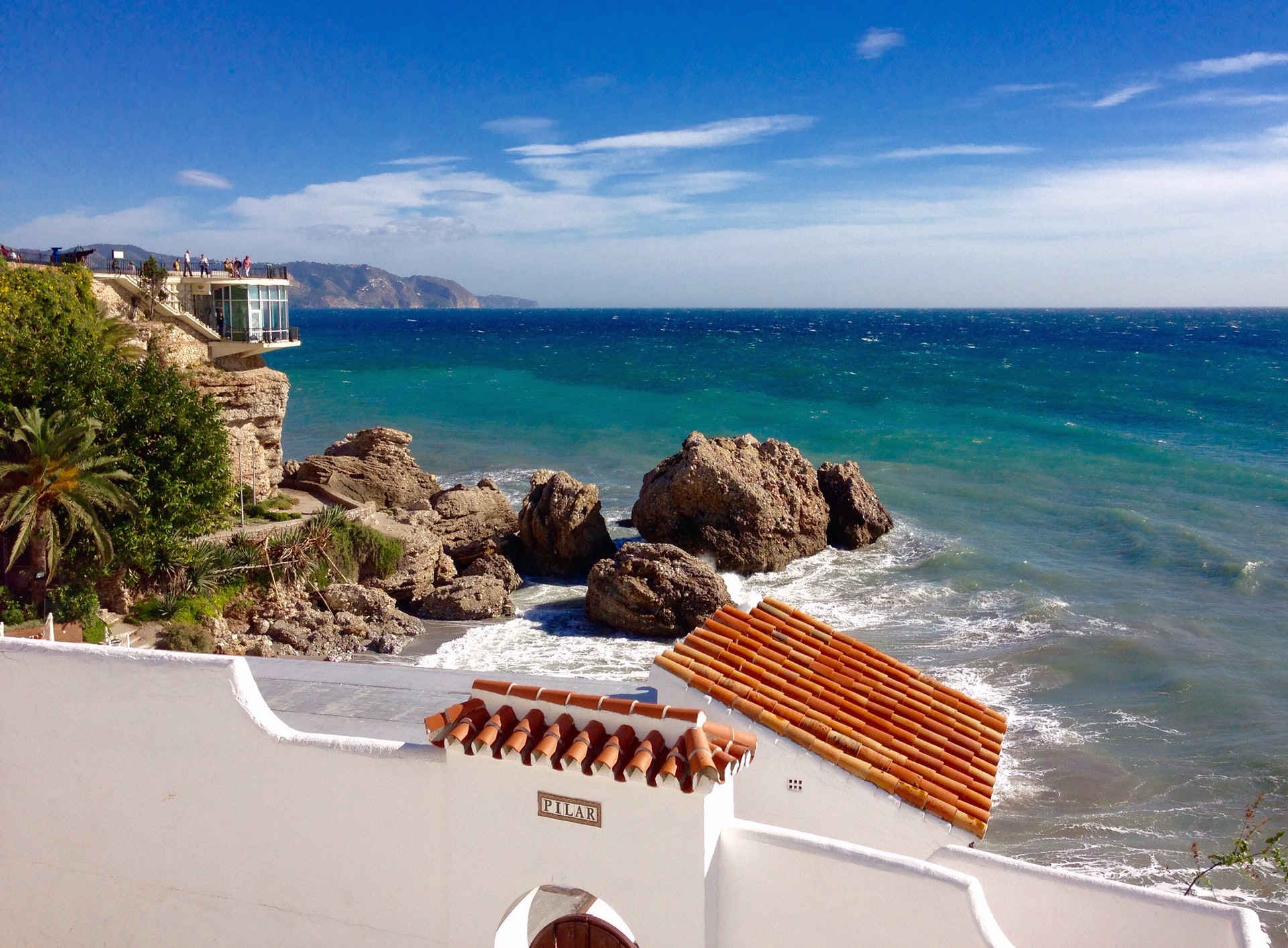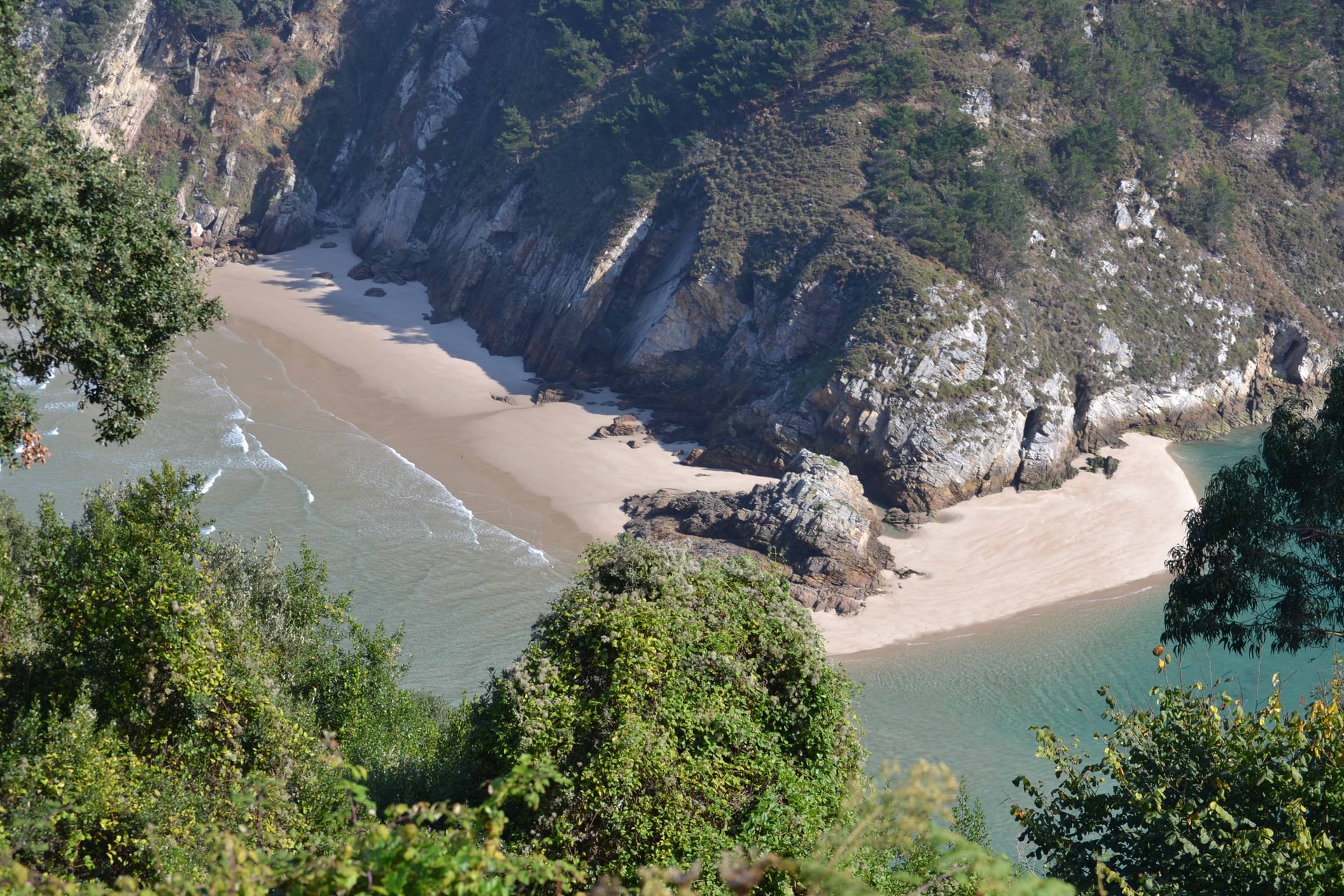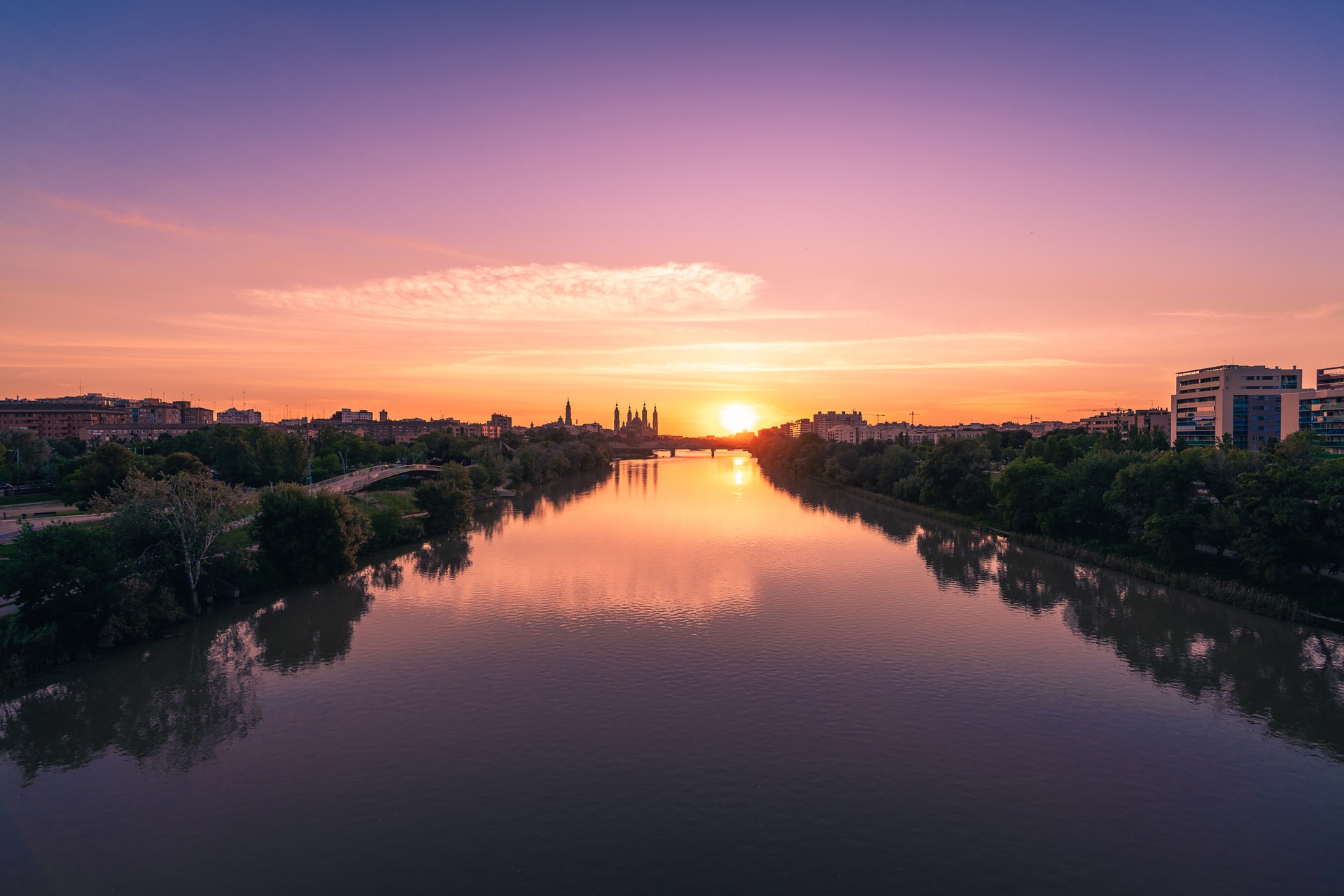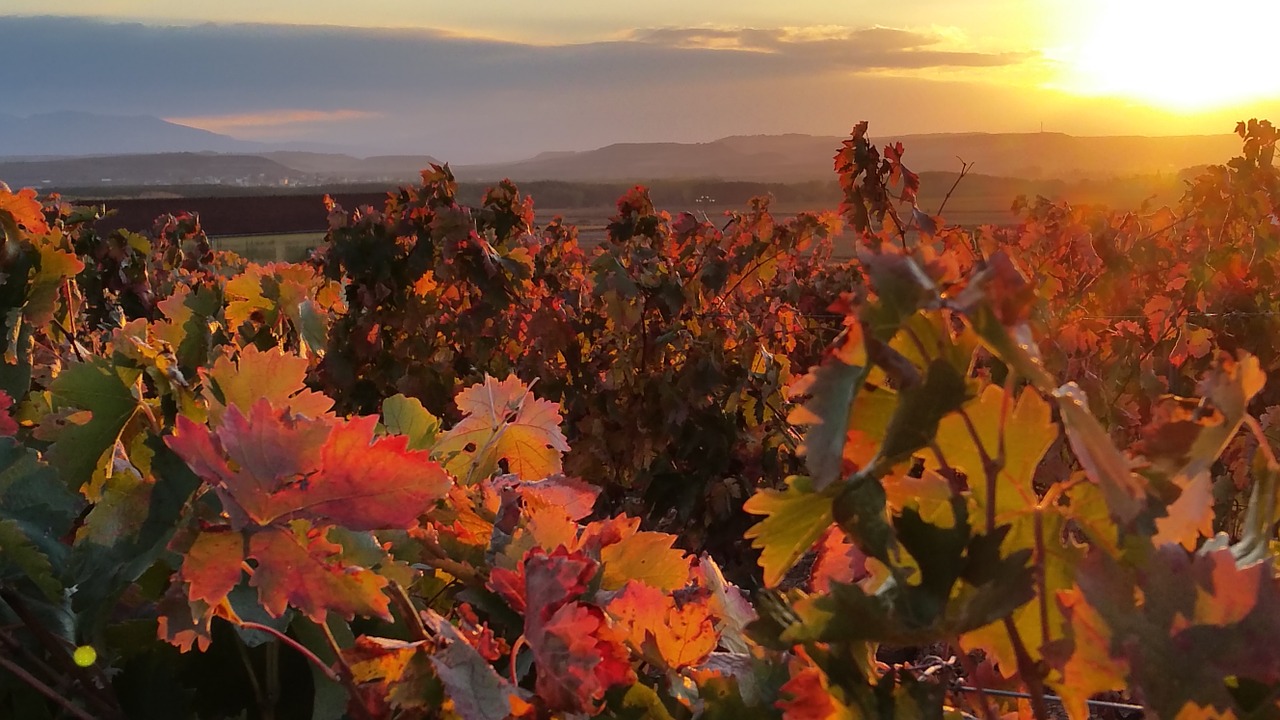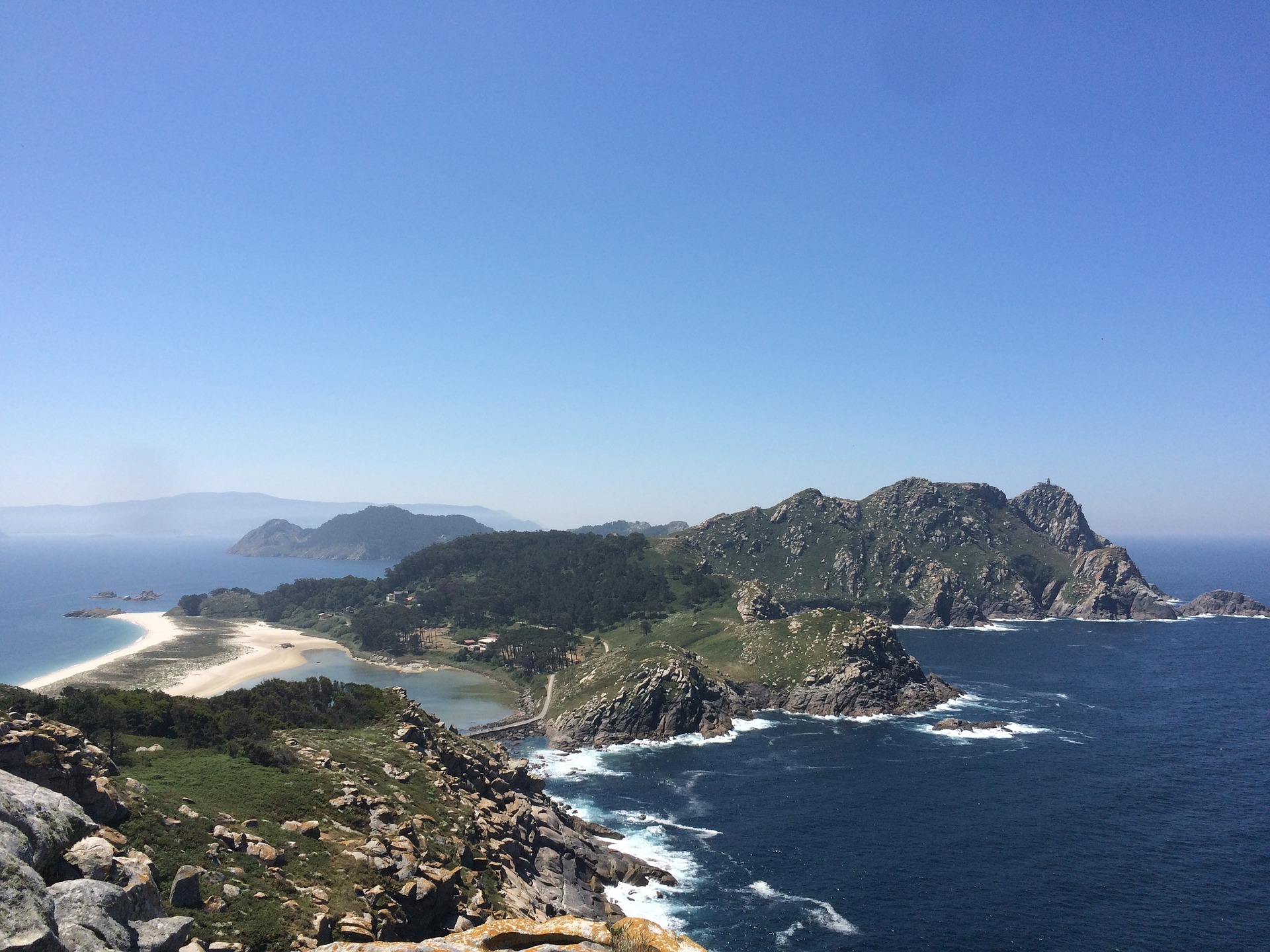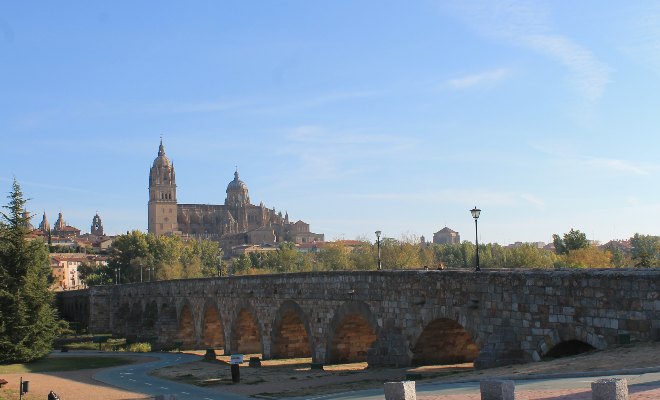
Official UK partner to the Paradors, Pousadas, Pestana Hotels & Resorts, Les Collectionneurs (Chateaux), and European Hotels Collection. Keytours International, formerly Keytel International, your agent in the UK.
Exploring Valenciana & Murcia
Lorna Roberts is undoubtedly a Parador expert having explored every nook and cranny of Spain and visiting almost all of the Paradors throughout her experience as their Irish Agent and leading numerous escorted tours across Spain using these wonderful hotels.
Here she shares her knowledge of the sunny regions of Communidad de Valenciana and Murcia and their Paradors:
THE COMUNIDAD DE VALENCIANA (also written as La Comunitat de Valenciana in the local version of Catalan) is the coastal region between Catalonia in the North and Murcia in the south. It consists of 3 provinces: Castellon, Valencia and Alicante all of which rise from the Mediterranean coastline to the high central plain. Typical of the region are the blue domes on the churches in the small towns. MURCIA is a province and an autonomous region in its own right, but as it lies between the province of Alicante in Valenciana and the province of Almeria in Andalucia I am writing about the two regions together as they are close to each other.
AIRPORTS: There are flights to Alicante and Murcia all year and at certain times of year to Reus (for Benicarló) and Valencia.
CASTELLON is the province which is divided from Catalonia close to the River Ebro and its delta. It is a combination of fertile plains which are a picture in early Spring when almond blossom stretches as far as the eye can see, pretty inland villages and walled towns, an industrial area around the city of Castellon and a string of small resorts, golf courses and fishing harbours on the Costa Azahar.
One of its claims to fame was the filming of “El Cid” in the historic town of Peñiscola and on the beach below. This picturesque town, built by the Knights Templar in the 14th century, winds its way up narrow streets to the castle where Pope Benedict 13th, known as Papa Luna, lived. The sandy beach stretches for 8 Km to BENICARLÓ where a modern Parador is located in gardens with a tennis court, pitch and putt course and large pool leading to the sea. This is a good base for exploring the Ebro delta and the interesting inland countryside. It is the only Parador in the province but combines well with the 10th century castle at Tortosa, only 50 Km from Benicarló for a holiday on the beach and in a castle. A new Parador is being built in the inland walled city of MORELLA.
VALENCIA – a name known for decades by the song of the same name. From the time that the song was written there have been dramatic changes in the city of Valencia. “The city of Arts and Sciences” is a modern architectural miracle as the works of Santiago Calatrava, its famous son, are seen alongside magnificent parks and gardens filling the old riverbed which leads to the historic centre around the Cathedral. The River Turia was diverted to make way for the new developments which have been so tastefully designed to blend the old with the new.
There are coastal resorts along the long sandy beaches on either side of the city, an industrial area around Sagunto and small rural towns in the hills surrounded by vineyards, olive and almond groves and orange and lemon trees. Eighteen Kilometres south of the city is the only Parador in the province at EL SALER. This is in one of the loveliest areas as it lies on a spit between the undeveloped coastline and the Albufera Nature Reserve famous for its flora and fauna and for being the main rice-growing area in Spain. The vast areas of rice paddies in the saltwater lagoon has led to Valencia being the paella capital of the country. The Parador has recently been rebuilt as a superb modern hotel surrounded by a championship 27-hole golf course which has hosted some of the major European tournaments. With its new spa, a large pool and tennis court in the gardens, a seemingly endless beach, and a football pitch where some of the top Spanish teams train, this Parador has something for everyone.
ALICANTE is one of the best-known provinces to visitors in Spain, as many resorts of the Costa Blanca line the coast on either side of the city, but there are still some unspoilt villages and beaches on the coast at the Northern end of the province where natural parks cover the headlands of Cabo de Nau and Cabo de Sant Antoni. The city, port and busy airport of Alicante are in the south of the province and are crowned by the Medieval fortress of Santa Barbara on top of the Benacantil mountain behind the city. The castle can be reached by road or by an elevator in a tunnel carved through the mountain. Inland is some spectacular scenery as the rural roads descend from the plateau through acres of almond, olive, orange and lemon groves. The town of Jijona (Xixona in Catalan) is the home of turron, the nougat for which Alicante is so famous. The only Parador in the province is at JÁVEA, a tourist town and small harbour lying between the two headlands, away from the larger resorts. It is, like most of the coastal Paradors, a modern hotel with a large pool in gardens leading to the sea and a good base for a relaxing holiday, or for the more energetic there are many excellent golf courses in the area and good walking country on both sides of the town. On the other side of Cabo de San Antoni is the attractive port of Denia from where ferries leave for the Balearic Islands.
MURCIA is both a province and one of the smallest regions in Spain. It has become one of the most popular tourist areas with the old established golf and country club at La Manga sandwiched between the newer resorts such as Torrevieja and Mazarron on the Costa Calida. The city of Murcia lies on the Segura River surrounded by mountains and fertile plains. The largest coastal city is Cartagena, an ancient port founded by the Phoenicians and now one of the most important naval ports in Spain. It has an interesting historic centre and a Roman theatre.
The PARADOR DE LORCA is located in the former frontier town between Christian and Muslim Spain. The architectural wonder has been built within the 13th century castle walls on a hill above the town. Archaeological remains, including those of a 15th century Jewish synagogue, were discovered during the building causing a delay so that these could be preserved. They are now showcased around the Parador. There are spectacular views of the surrounding countryside from all the rooms and a spa and indoor pool. A new golf course “Lorca Resort” is only 15 Km from the town and the coast at Aguilas is half an hour’s drive from the Parador.
If you are interested in escorted tours to the Paradors, please contact us. Lorna can tell you virtually everything there is to know about the Paradors of Spain, and she will be very happy to arrange all your booking requirements.

